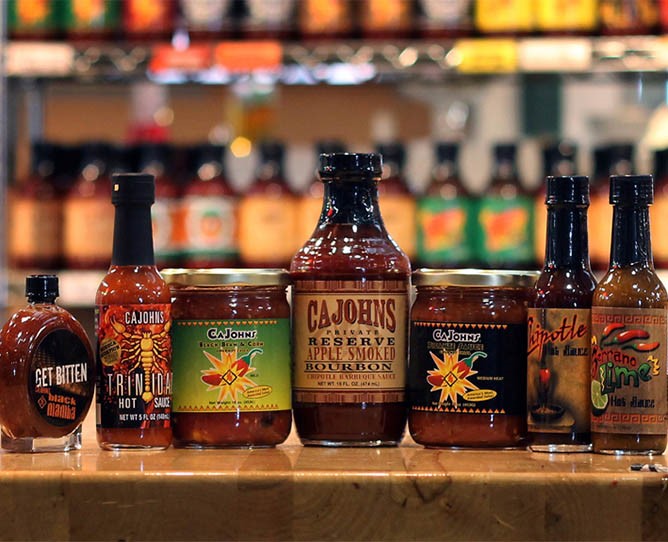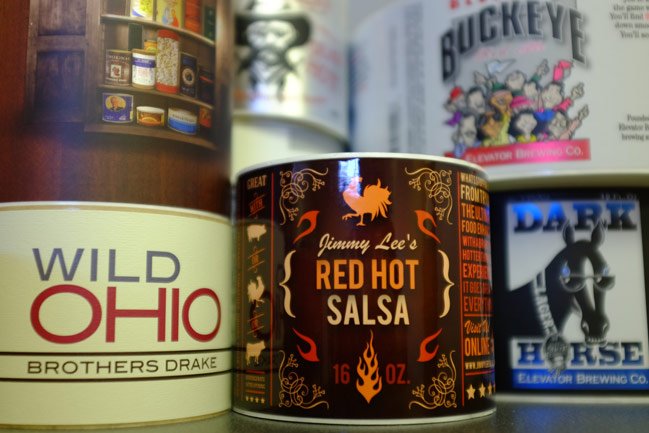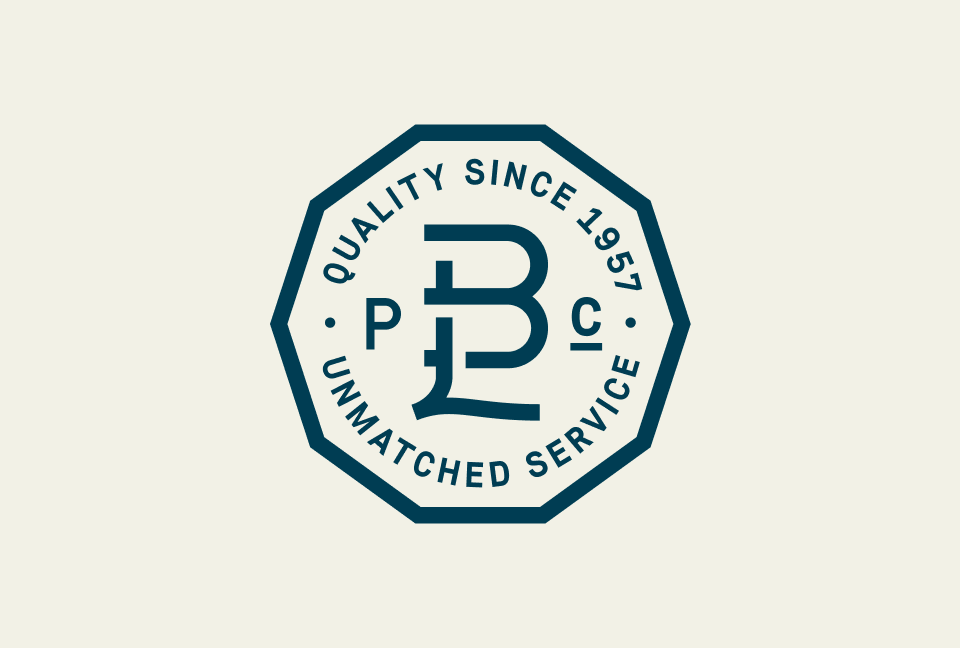Adding Value to Your Label with a QR Code
- Beer
- Digimarc
- Labels
- NFC
- QR Codes
- spirits
- wine
Having a well designed, well-executed label is the first step in attracting attention to your product, but there’s an opportunity for your label to do more. If you want to communicate the added value of your product, you might consider a QR code. QR (quick response) codes aren’t the newest technology to hit the market. In fact, the two dimensional barcodes have been around for almost twenty years. But we’ve seen them more (both good and bad) in the last few years in attempts to stand out in a highly competitive marketplace. When applied thoughtfully, they can provide their benefits.
Some people think the primary use of a QR code is a good way to direct consumers to your website. Not entirely. The reality is that your web address can just as easily be printed on your label, and if a consumer wants to visit your website before or after purchase, they’ll likely do it anyhow. The first question to ask is how engaging is your website? If you’re driving traffic there, it’s crucial that there’s something there to engage them. If it’s just basic company information and where to find your product (which they just did), you might want to reconsider.
The more effective use of the QR code is to give the consumer added value for your product. Here are a few ways they can be used to create that added value:
Food
If your product is one element of making a meal, consider providing suggestions on the rest of the items to create a whole meal solution. For example, if your product is pasta sauce, recommended an appropriate pasta, protein and side dish. Take it a step further and provide a recipe option and maybe even a video tutorial of how to make the meal.
Wine & Beer
Not everyone is a wine connoisseur or cicerone. Utilize QR codes to suggest pairing options based on the type of wine. For example, if your product is a light flavored, crisp Savignon Blanc you might suggest it would be well served with raw oysters or scallops. Or a rich, full-bodied Malbec would go well with a roasted or braised lamb or meat dish. Beer pairings are more popular than ever, so consider your recommendations here as well. Even the smallest educational detail can be appreciated, like the glassware appropriate for the particular brew, like a “Tulip” for an American Double Imperial IPA or a “Goblet” for a Belgian Strong Dark Ale.
Spirits
Making a complicated drink beyond just a few ingredients, can be challenging. Not everyone has superior mixologist skills. Consider incorporating QR codes to provide access to drink recipes, and don’t forget the opportunity to highlight seasonal suggestions as well. Another option is to provide access to an exclusive video tour of your distillery, encouraging the individual to come visit. Don’t be self-promotional though, the goal is to create a personal connection.
And while you may not be excited about putting the traditional black and white QR code on your beautifully designed label, you do have the option to create a custom QR code, one that maybe represents your brand or reflects your logo in some way.
There are benefits to using a QR code, but I do have a word of caution. While we hope your product is flying off the shelves, it’s good to note that technology advances every day. If you decide to incorporate a QR code, stay informed on other scannable data methods. For example, many magazine pages now include invisible digital watermark applications (Digimarcs), and near field communication (NFC) tags are more commonly used in products—both enabled by the use an individual’s smartphone. You want to make sure that you’re up-to-date with the application that is most widely used mainstream. You also want to know which consumer groups are utilizing this technology (not everyone will), so that your communications can be relevant to them.
Photo Credit: nickj365




